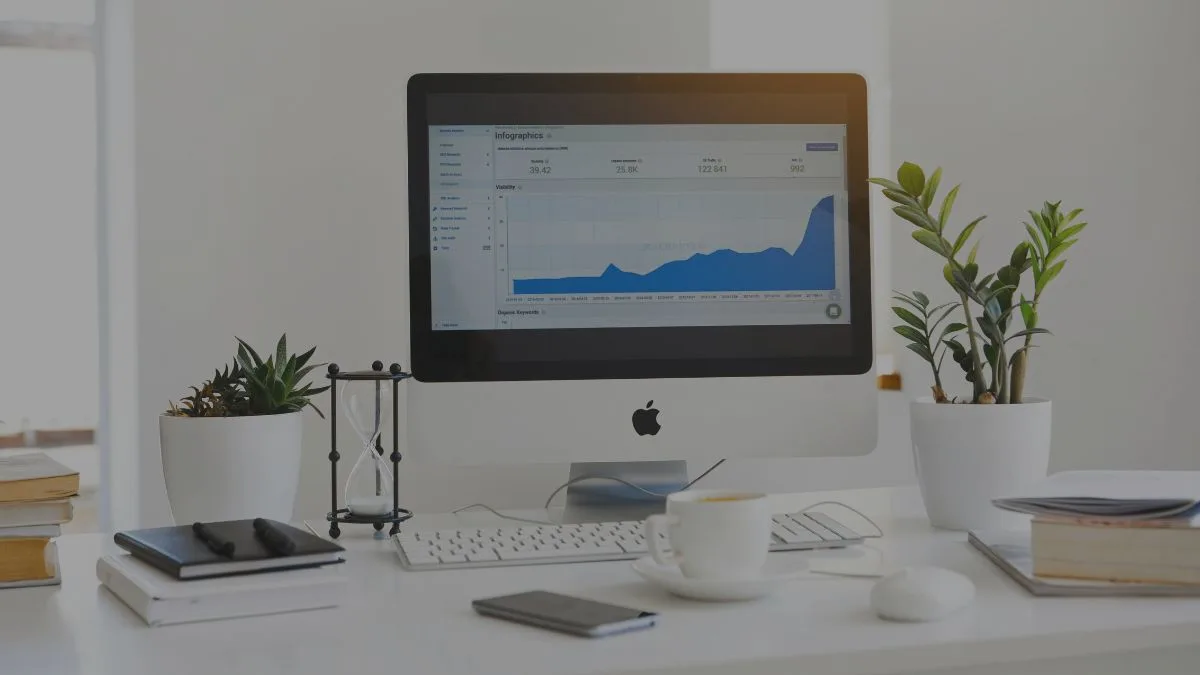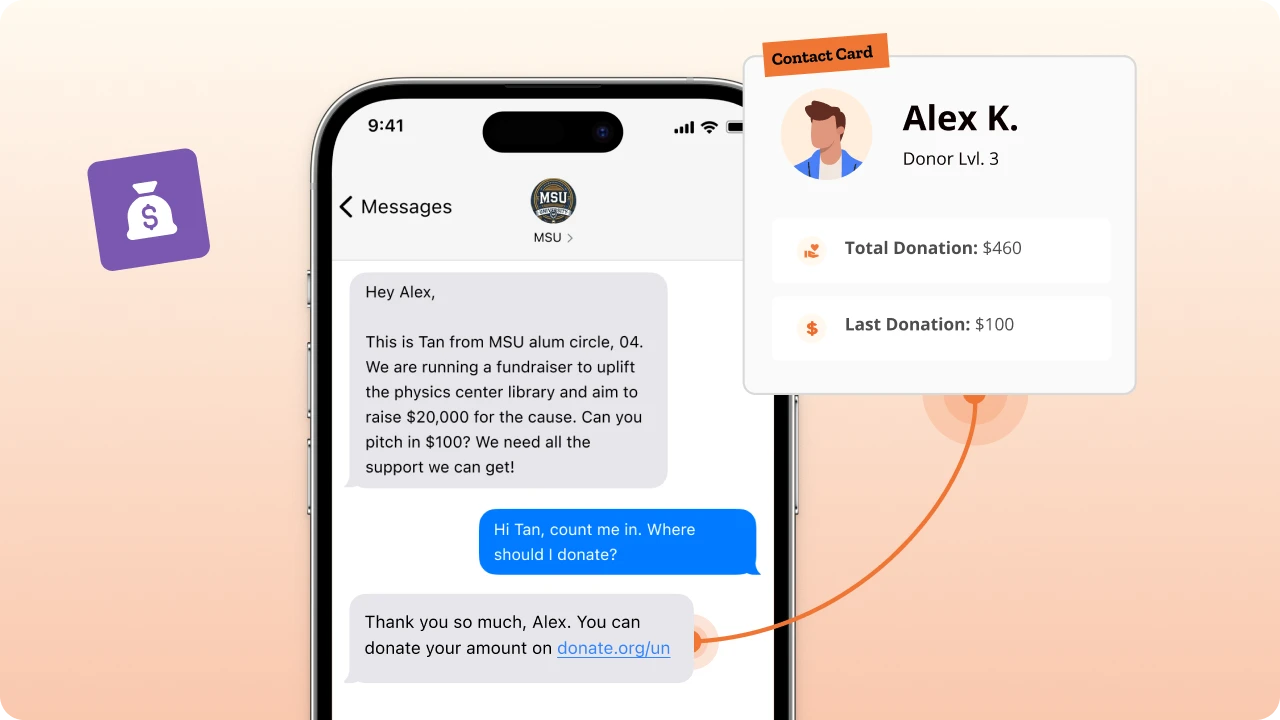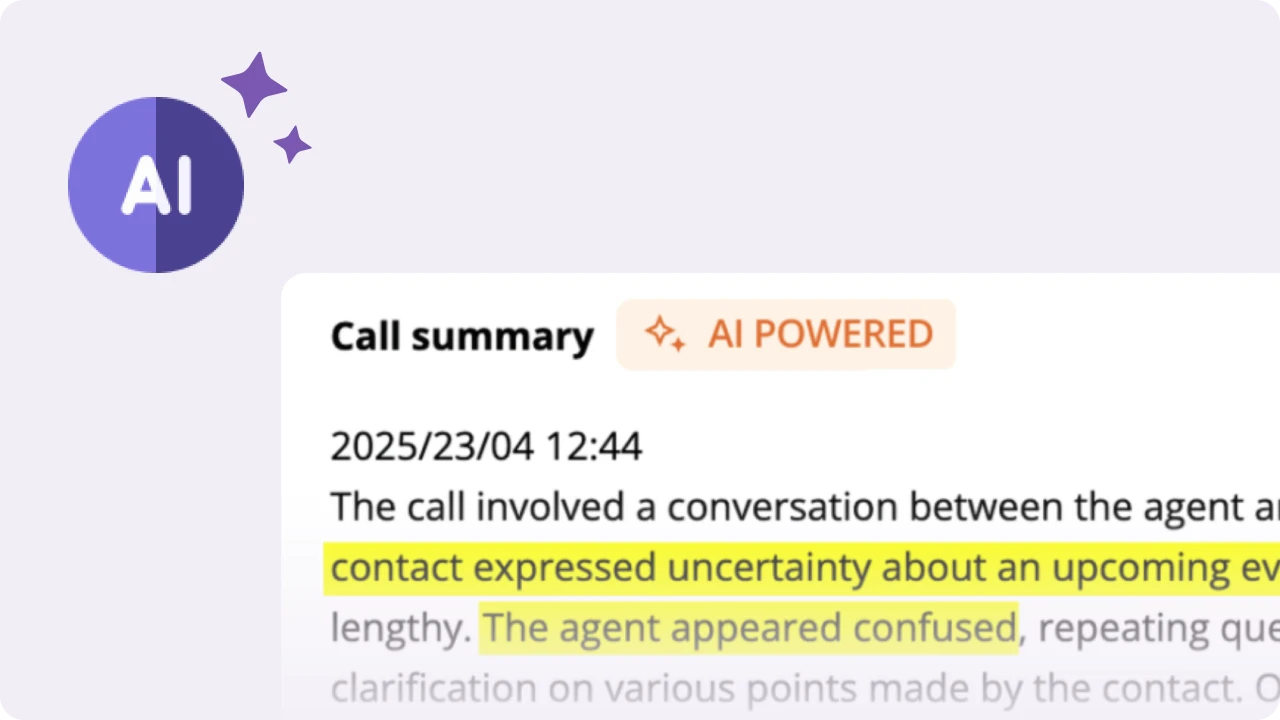Table of Contents
Have you ever wondered if your calling campaign is reaching supporters at the right time? OR if your volunteers’ energy is leading to real results? If so, then the answer lies in call center analytics, which helps you track the data points that truly move the needle on voter engagement, fundraising, and mobilization.
Analytics enables you to quickly identify, analyze, and address campaigns that are working for you and the reasons why some aren’t.
This article examines the data and insights available to your campaign through call center analytics and offers strategies for leveraging them. Let’s begin.
What are call center analytics?
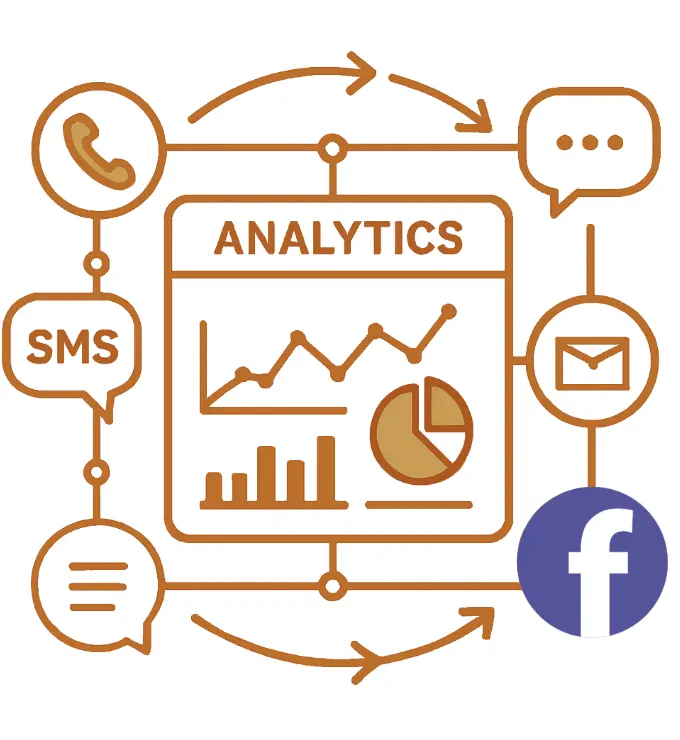
- Have you ever felt that your scripts are not landing the way you intended?
- Are you curious which call times get the best responses? Or, which agents are your star performers?
Call center analytics is your window into what’s working and what isn’t during your outreach. With analytics, you collect data and review every touchpoint: calls, texts, emails, and chats.
This gives you a clear direction on how to:
- Improve agent performance
- Improve customer satisfaction and resolution times
- Improve call conversion rates by identifying bottlenecks
- Optimize scheduling, routing, and workflows to enhance efficiency and productivity.
- Catch problems before they escalate.
| Did you know? By monitoring key metrics such as response times, first-call resolution, and satisfaction scores, campaigns that utilize call center analytics consistently receive better Google reviews and improved visibility in search results. |
Read also: The best call center management practices and strategies
Types of call center analytics you should know
Before you know how you can take advantage of insights from analytics, you need to know all the data points you can get. There are five distinct types of call center analytics. Each analytics type serves a unique purpose, helping organizations improve. They are:
- Call interaction analytics
- Speech analytics
- Text analytics
- Predicative analytics
Let’s dive deeper into each.
1. Call interaction analytics
Call interaction analytics focuses on capturing and examining the details of every communication between your organization and contacts across all channels.
These analytics systematically track :
- Outcomes like calls answered, missed, or requiring a callback
- Journey of conversations like talk time, wrap-up time, and call duration
For campaigns and nonprofits, these help you understand which contacts are responsive, likely to vote, likely to donate, and which are bad numbers to clean from your list, among other insights.
2. Speech analytics
Speech analysis, also known as speech or voice analytics, utilizes AI to listen to, transcribe, and evaluate every call with your customers.
It picks up on key phrases, tone of voice, and even signs of compliance to give deeper insight into how customers feel and how well agents are performing.
By reviewing call transcripts, you can identify opportunities to streamline conversations, offer self-service options, and coach agents more effectively, resulting in a 25–30% reduction in call handling time.
The result? Your agents and volunteers can persuade people quickly, handle pushbacks firmly, and get better outcomes.
3. Text analytics
Text analytics, also known as textual analysis, evaluates every non-voice, text-based interaction, like chats, SMS, emails, and survey responses.
You can track key engagement metrics such as:
- Messages sent and received
- Reply frequency
- Opt-outs
- Delivery status (sent, failed, or queued)
This helps you quickly spot which type of messages tend to work( RCS, MMS, or text), how engaged your audiences are, and if there is a need to course correct.
4. Predictive analytics
Predictive analytics utilizes past and current data to forecast future trends, such as call volumes, campaign results, or staffing needs.
Spotting patterns in behavior helps campaigns and businesses plan smarter. You can prepare for busy times, improve scripts for better results, and schedule agents more effectively.
It also helps predict when supporters or donors might stop engaging, so you can reach out at the right time. In short, predictive analytics turns your data into a powerful tool for making better decisions and achieving a bigger impact.
Read also: Remarkably Effective Call Center Quality Assurance Guide
Get the best call center analytics with CallHub
We don’t mean to sound biased, but we are—and with good reason!
CallHub’s omnichannel analytics combines data from all your communication channels—calls, SMS, chat, email, and social media—into a single report.
This helps you see how customers move between channels, pinpoint where the experience is smooth, and where your supporters drop off or get confused.
With this insight, you can measure the effectiveness of your campaigns, maintain consistent messaging, and develop more effective customer journeys that enhance engagement and satisfaction.
Let’s look at how CallHub stacks up in each analytics area:
Call interaction analytics:
- View detailed call outcomes, talk/wrap-up times, answer rates, unique contacts reached, and more.
- Campaign-level and agent-level performance filtering for granular insights.
Speech analysis:
- AI-powered “smart insights” automatically transcribe and assess calls.
- Sentiment analysis categorizes calls as positive, negative, or neutral and provides call summaries for faster review.
- It includes contact categorization available through advanced dashboard tools.
Embed the AI-powered brilliant insight YouTube video here – AI Powered Smart Insights Overview
Text analytics:
- Track SMS and chat performance with metrics on sent/received messages, replies, out-of-office messages, and delivery errors.
- Exportable reports and filters by campaigns or agents for actionable data.
Agent performance:
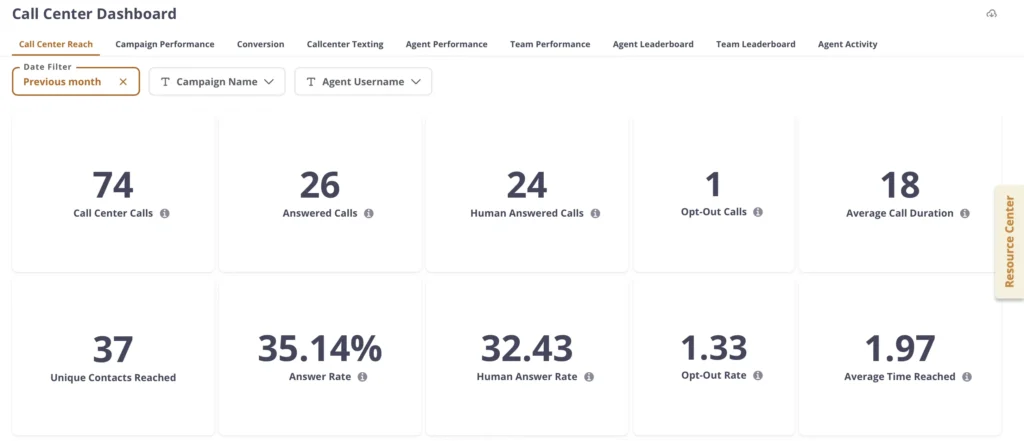
- Track key metrics per agent – number of calls dialed, talk time and connect time, average call duration, active vs. idle time, call outcomes (e.g., answered, no response, callback)
- Compare performance across agents or teams over custom date ranges.
- Identify top-performing and underperforming agents with built-in leaderboards.
- Use data to support agent coaching, performance reviews, and recognition programs.
Read also: Get the Most Out of Your Campaign: Call Center Metrics.
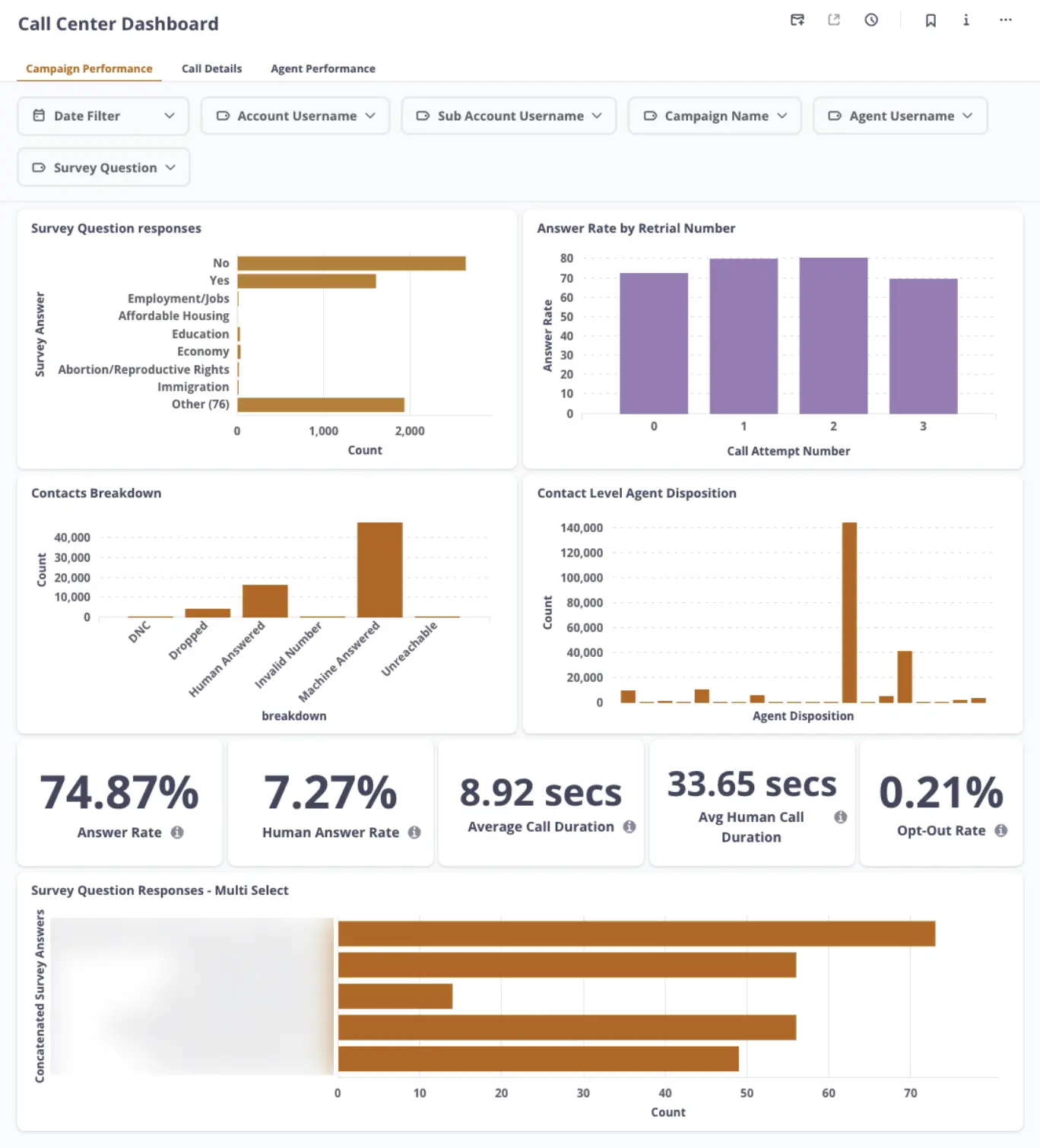
|
|
Here’s something you might find helpful: CallHub offers Metabase analytics for Call Center campaigns—on request! It provides a comprehensive dashboard that tracks key metrics like calls made, survey completions, answer rates per retry, call outcomes, and agent dispositions, making it easier to analyze and improve your campaigns. |

What is call center analytics?Call center analytics tracks and analyzes data from customer calls to help you understand and improve your campaign outcomes. It means getting real-time stats like: Answer rates, agent activity and performance time to call, Conversation outcomesThis information enables you to quickly identify what’s working, report your results, and adjust your outreach for a better impact. For example, you can identify which hours have the highest pickup rates and reschedule agents to those times, or recognize top-performing agents. |
How can call center analytics improve my business?By identifying inefficiencies, recurring customer issues, and opportunities for process improvements, call center analytics helps businesses: Enhance customer satisfaction. Train and support agents more effectively. Reduce operational costs. Increase first-call resolution and reduce repeat calls. Make data-driven decisions for staffing, training, and service optimization. |
How does call center analytics help with agent management?It tracks detailed statistics for each agent (e.g., call duration, resolution rate, script adherence), enabling targeted coaching, performance evaluation, and motivation through leaderboards and reports. |
Is integration with other systems (like CRM) critical?Integrating analytics with CRM systems provides a richer customer context and history, enabling agents to personalize service and allowing managers to spot trends across the entire customer journey. |
How can I get started with call center analytics?Define the key metrics and goals for your team. Choose a platform that integrates with your existing systems. Train your staff to utilize analytics tools and effectively interpret reports. Start monitoring and refining your operations based on insights gained. |
Make every call count with call center analytics.
Call center analytics gives you the visibility you need to understand what’s working, what’s not, and why. From tackling call outcomes and optimizing agent performance to enhancing customer satisfaction and reducing drop-offs, it turns every interaction into an opportunity for improvement.
Ready to turn conversations into results? Start tracking the metrics that matter with CallHub today!
